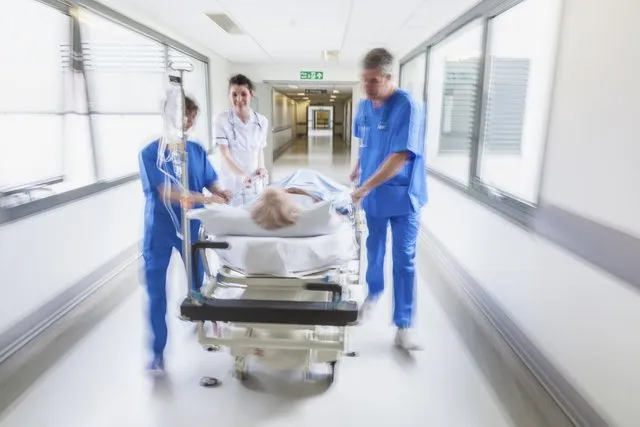- Home
- Departments
- Trauma Care

Trauma Care
This involves the provision of appropriate care at a medical establishment to road crash victims with major and minor injuries. Minor injury: Injuries are treated by the patients themselves, a general practitioner or the accident and emergency department.
Overview
A trauma center, or trauma centre, is a hospital/Department equipped and staffed to provide care for patients suffering from major traumatic injuries such as falls, motor vehicle collisions, or gunshot wounds. A trauma center may also refer to an emergency department (also known as a “casualty department” or “accident and emergency”) without the presence of specialized services to care for victims of major trauma.
Continuing Education Activity
Trauma care principles outline fundamental concepts that providers should know when treating various injuries in a trauma setting. The content will focus on the evaluation of problems commonly seen in these cases and their general management. Innately, trauma patients are treated using a team approach. Trauma care principles will highlight the value and basic roles of an interprofessional team, from evaluating the patient in the pre-hospital setting to assessing and managing them once they have arrived at the emergency department.
- Describe the elements of the primary survey and how they are utilized during trauma cases.
- Review the elements of the secondary survey and how they are utilized during trauma cases.
- Outline the necessary actions and interventions of nursing staff in a trauma setting.
- Identify areas of concern that members of an interprofessional treatment team commonly encounter during trauma cases and outline methods that health team members can follow to decrease the incidence of these issues.
Function
Emergency Cases
Please feel welcome to contact our friendly reception staff with any general or medical enquiry call us.

